Ginataang Kamoteng Kahoy is made of cassava stewed in sweetened coconut milk. It's loaded with mini sago and jackfruit strips for a delicious midday snack or after-meal dessert.
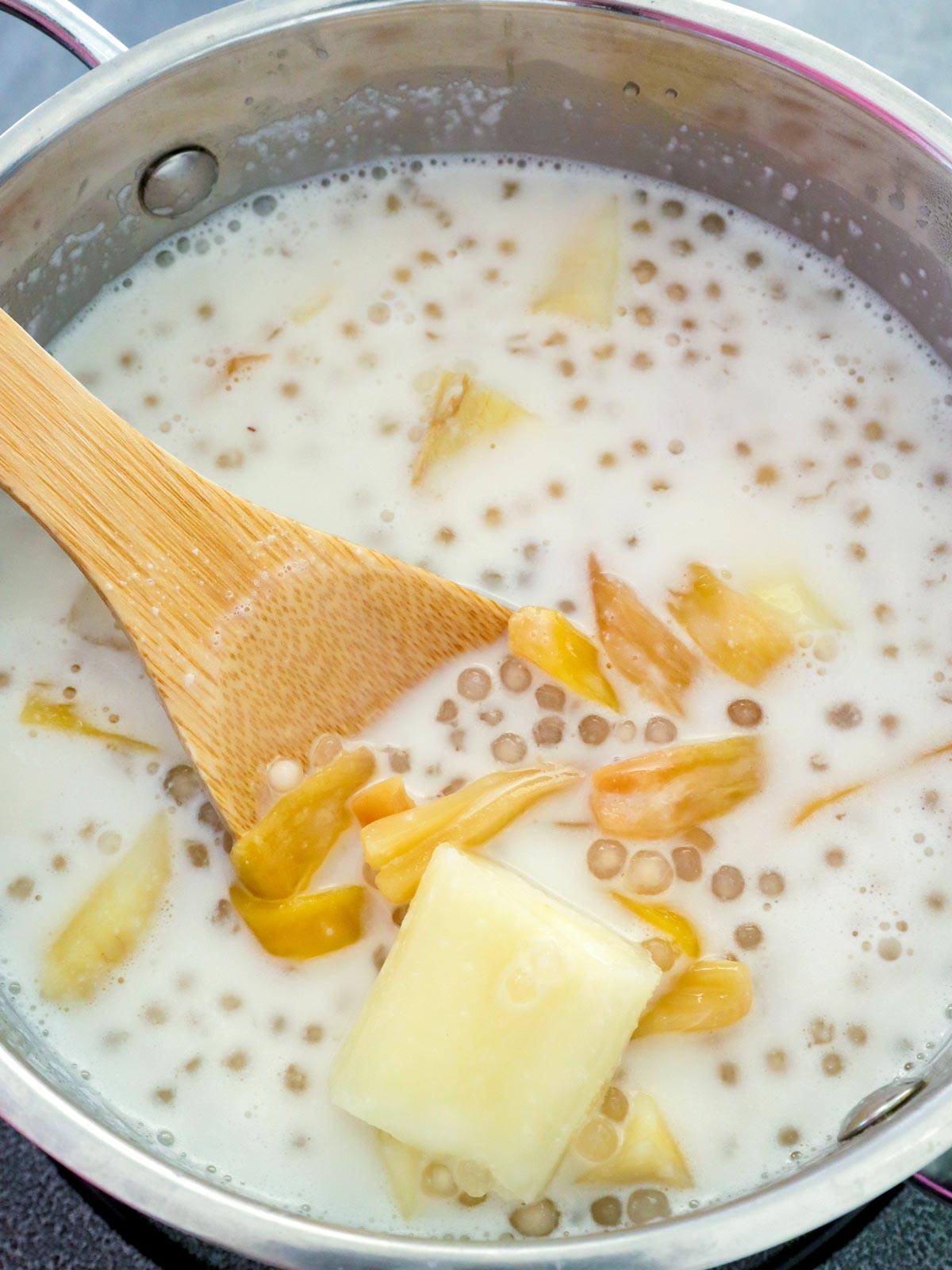
While frozen grated cassava is almost always available at the Asian supermarkets I go to, the whole tubers are harder to find. So when I find them in abundance, I stock up on a good few pounds.
Kamoteng kahoy, like most root crops, has a long shelf life and will keep well for weeks but seldom sit long in my produce bin. As soon as I get home from the store with my precious loot, I straight away turn them into this ginataan with mini sago and langka or into creamy nilupak with butter, condensed milk, and cheese.
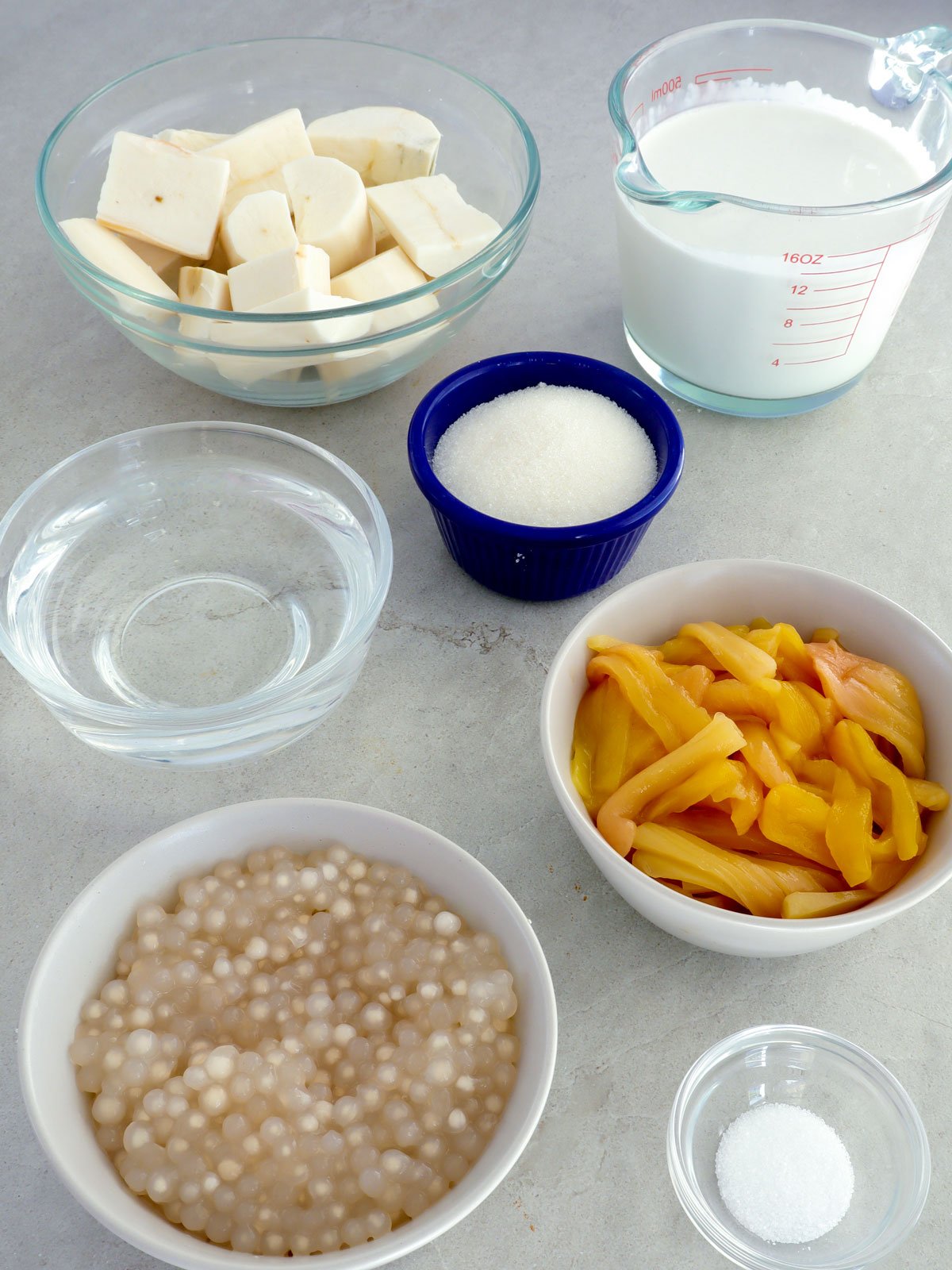
How to Buy and Cook Cassava
- Choose roots that are firm and have no soft spots. To check for freshness, break off the end of the root; the inside flesh should be snowy white with no brown specks, lines, or discolorations.
- Cut the tuber crosswise into 3 to 4-inch segments to make peeling more manageable.
- Using a sharp paring knife, slice the tuber lengthwise through the thick bark and carefully insert the thin end of the knife between the bark and the flesh to loosen. If the skin won’t peel easily, cut off the ends of the tuber and stand the root up on its end. With the knife, slice vertically down the sides of the root to peel the skin.
- Soak the peeled tubers in a bowl of cold water to prevent discoloration until ready to use. The cassava can be stored in the refrigerator covered in cold water for up to 3 days.
- Slice the peeled cassava lengthwise in half, remove the woody core, and cut it into about 1 ½ to 2-inch size for this recipe.
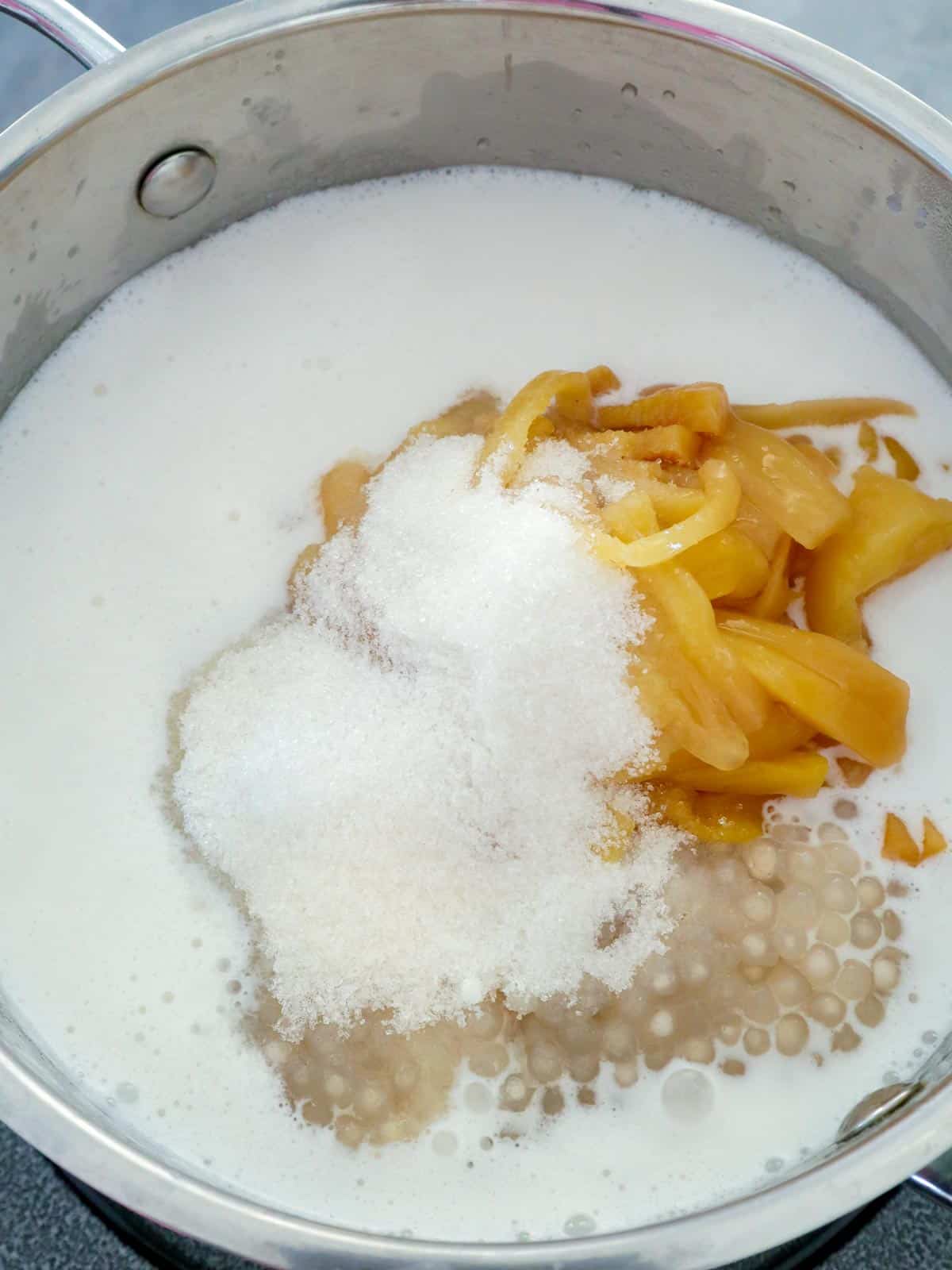
Cooking tips
- Cut the tubers in uniform sizes to ensure even cooking.
- Cook the mini sago in a pot of boiling water for about 1 to 2 minutes less than the package directions, as they will continue to cook in the coconut milk. Rinse in cold water to rid of excess starch and drain well.
- Drain well if using sweetened jackfruit (usually sold in bottles at supermarkets), as they're usually packed in heavy syrup.
- The coconut milk will be thin initially; adding the sago will help thicken it.
- Don't skip the salt! It will boost the flavor of the otherwise bland kamoteng kahoy and help balance the dish's sweetness.

How to serve and store
- Enjoy this cassava in coconut cream as a midday snack or after-meal dessert. It's delicious warm or cold!
- To store leftovers, allow to cool completely and refrigerate in an airtight container for up to 3 days or freeze for up to 2 months.
- Thaw overnight in the refrigerator. Serve cold or reheat in a saucepan over low heat.
More Cassava Recipes
More ginataan recipes
Ingredients
- 2 (about 1 pound ) large cassava, peeled and cut into 1 ½-inch pieces
- 1 can (13.5 ounces) coconut milk
- 1 cup water
- 1 cup cooked mini sago
- 1 cup jackfruit strips
- ½ cup sugar
- ½ teaspoon salt
Instructions
- In a pot, combine coconut milk, water, and salt and bring to a simmer over medium heat.
- Add cassava and cook for about 10 to 15 minutes or until tender and translucent.
- Add sago pearls, jackfruit, and sugar and stir gently until the sugar is dissolved.
- Continue to cook for about 8 to 10 minutes or until liquid is slightly thickened and cassava is fully cooked. Serve warm or cold.
Notes
- Cut the tubers in uniform sizes to ensure even cooking.
- Cook the mini sago in a pot of boiling water for about 1 to 2 minutes less than the package directions, as they will continue to cook in the coconut milk. Rinse in cold water to rid of excess starch and drain well.
- Drain well if using sweetened jackfruit (usually sold in bottles at supermarkets), as they're usually packed in heavy syrup.
Video

Nutrition Information
“This website provides approximate nutrition information for convenience and as a courtesy only. Nutrition data is gathered primarily from the USDA Food Composition Database, whenever available, or otherwise other online calculators.”

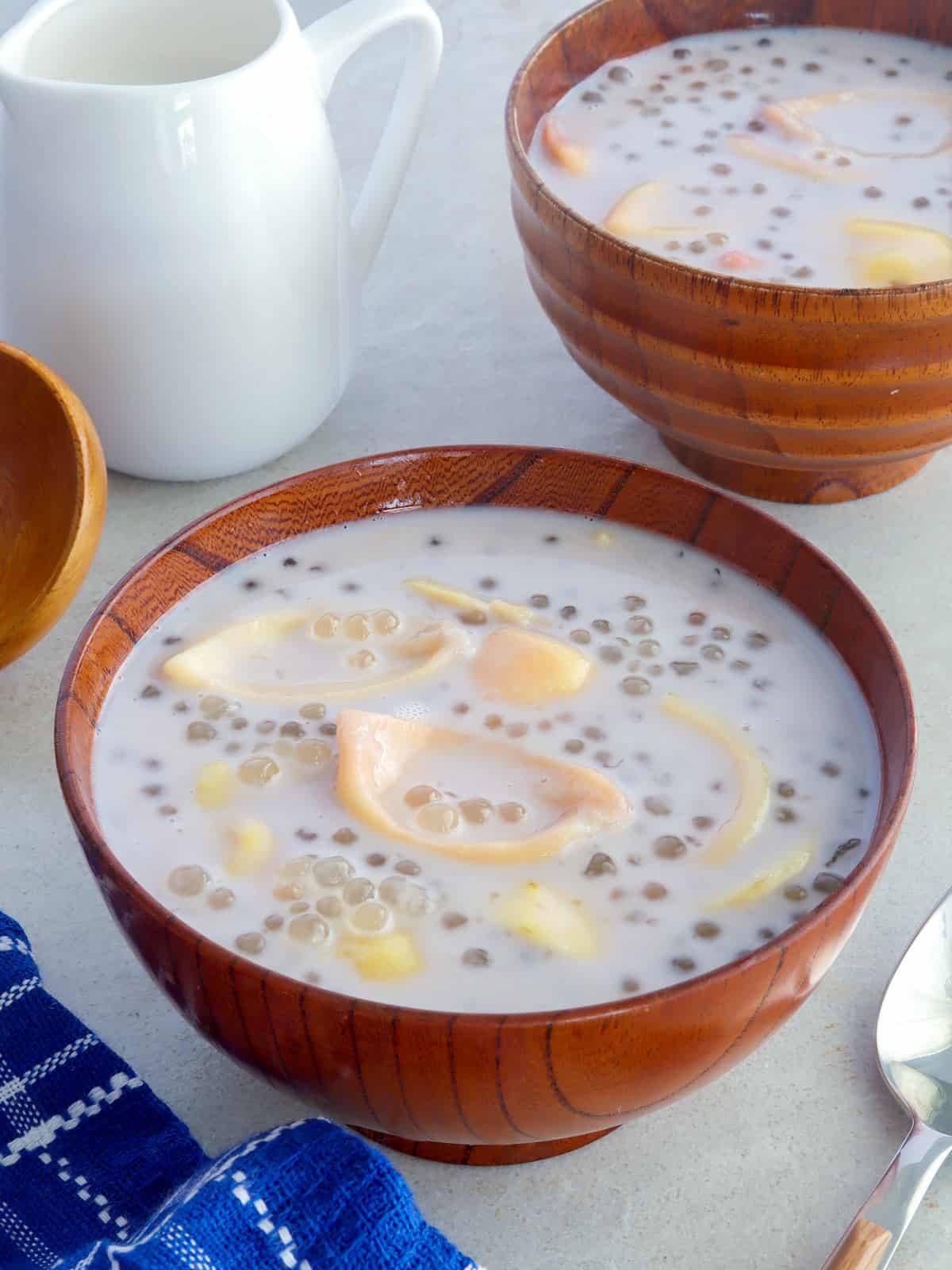
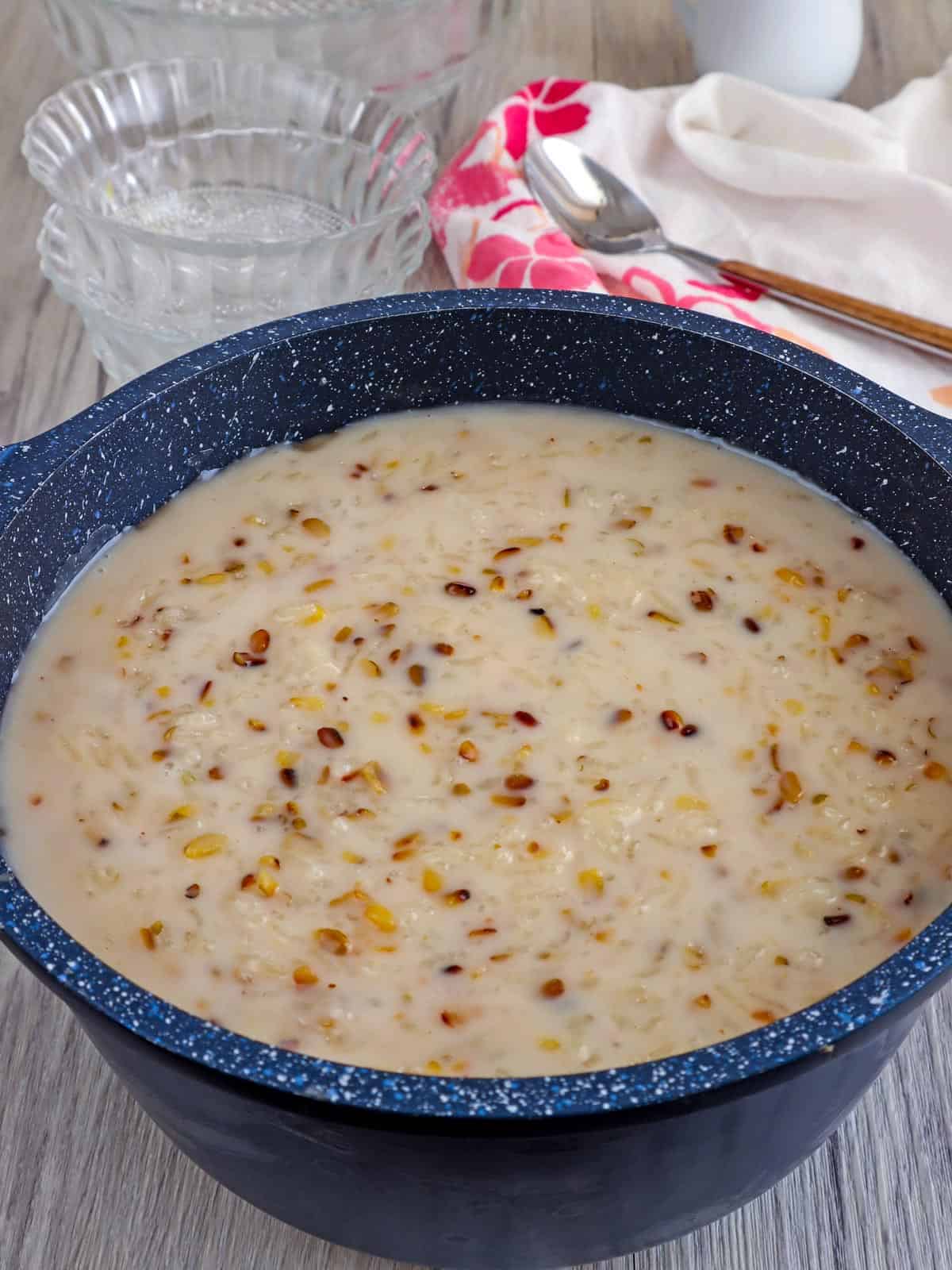
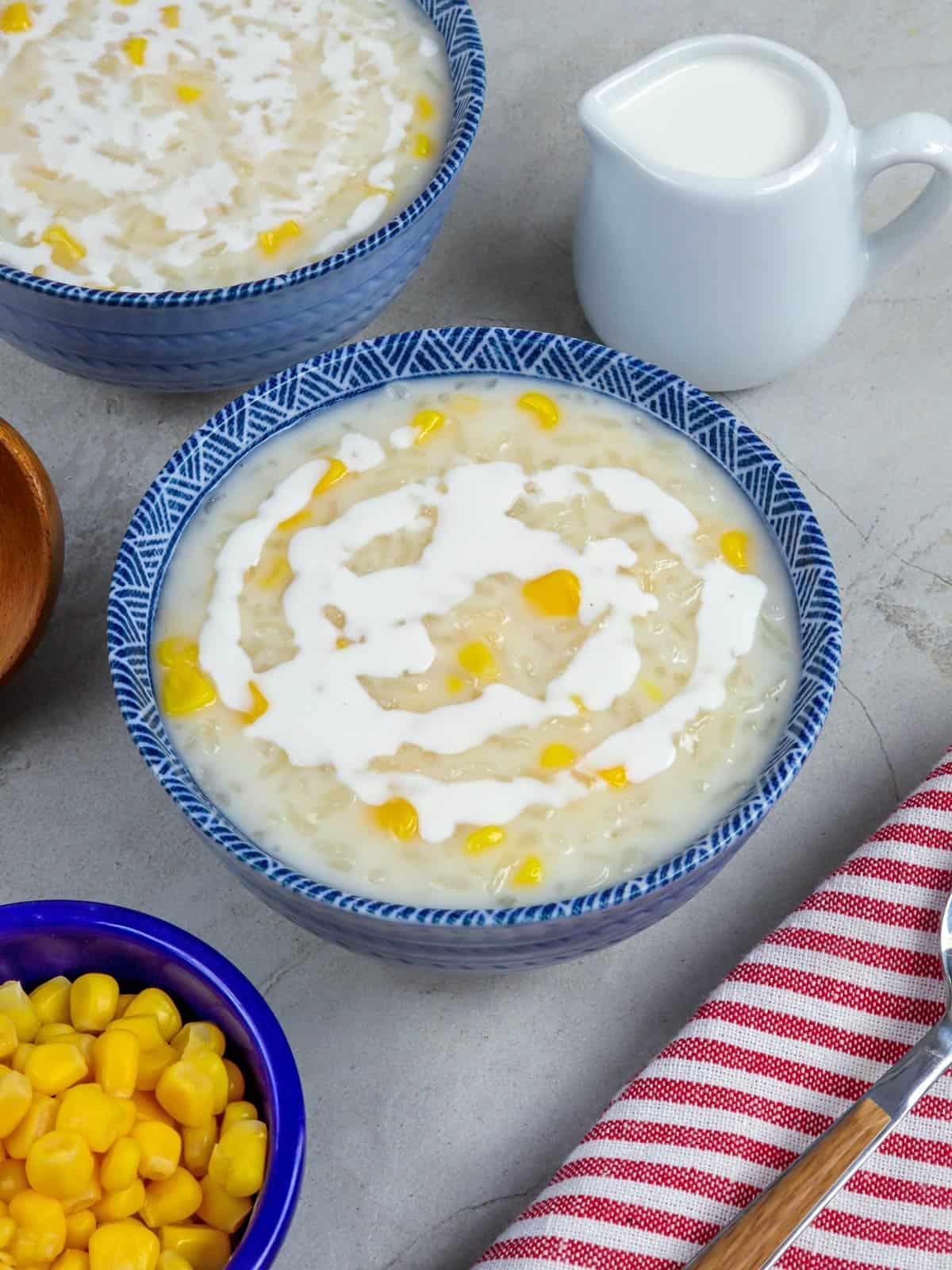


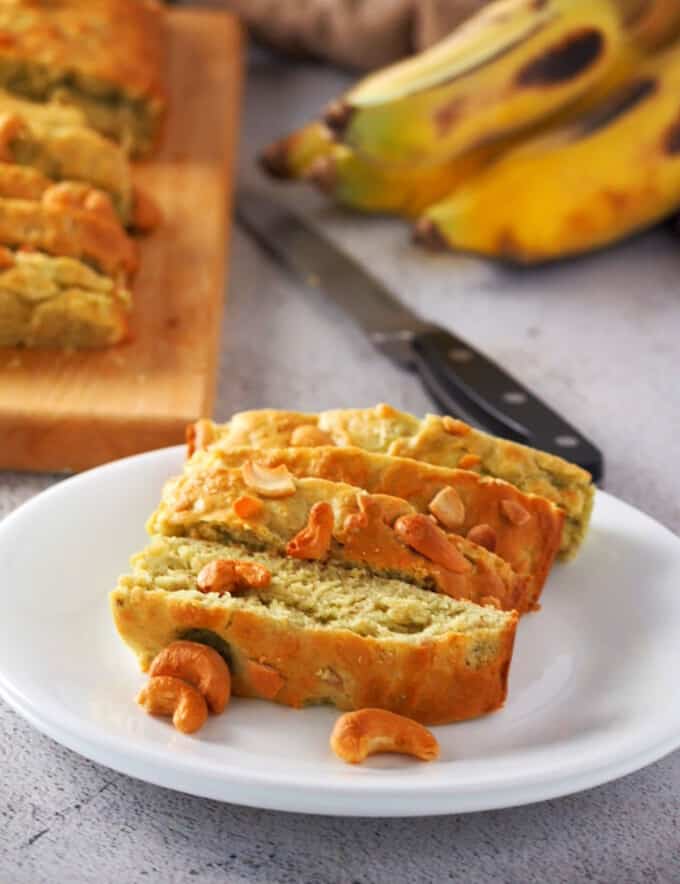
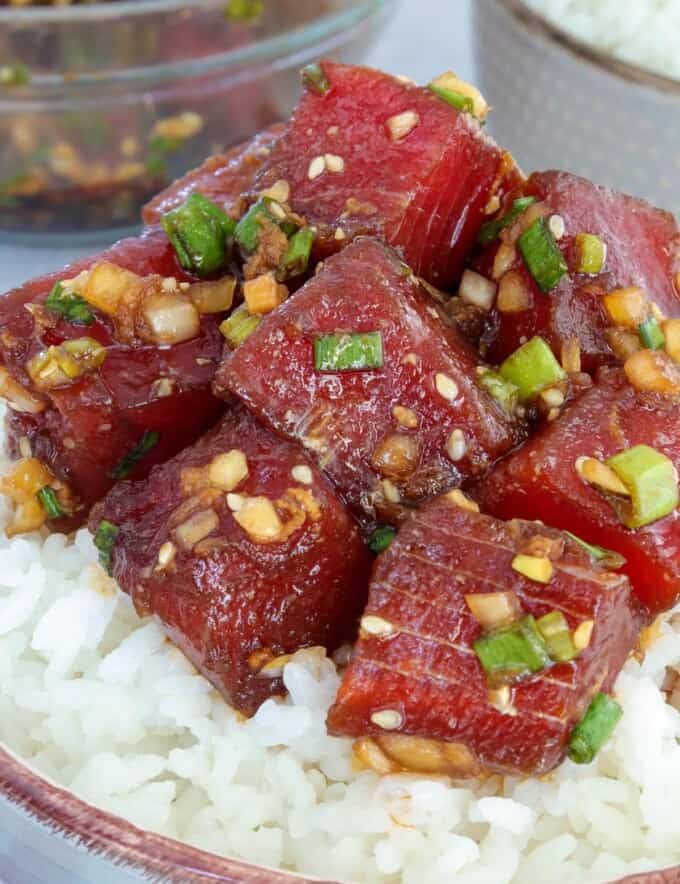
Rowena N Van Slooten says
can i substitute sweet potatoes in this recipe?
Lalaine Manalo says
Yes, you can 🙂
Nestor Cruz says
Always enjoy your recipes online and hope to see more-very easy to follow recipes that everyone (not only Filipinos) can and will enjoy.
Lalaine Manalo says
Thank you so much, Nestor!
Ria Olbinado says
Thank you for your free ebook recipe, it will be a big for me, because I love cooking.
Lalaine Manalo says
You're welcome! I hope you enjoy the recipes. Happy cooking!